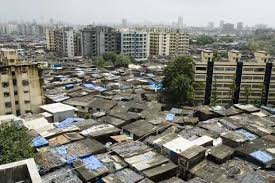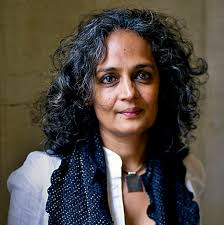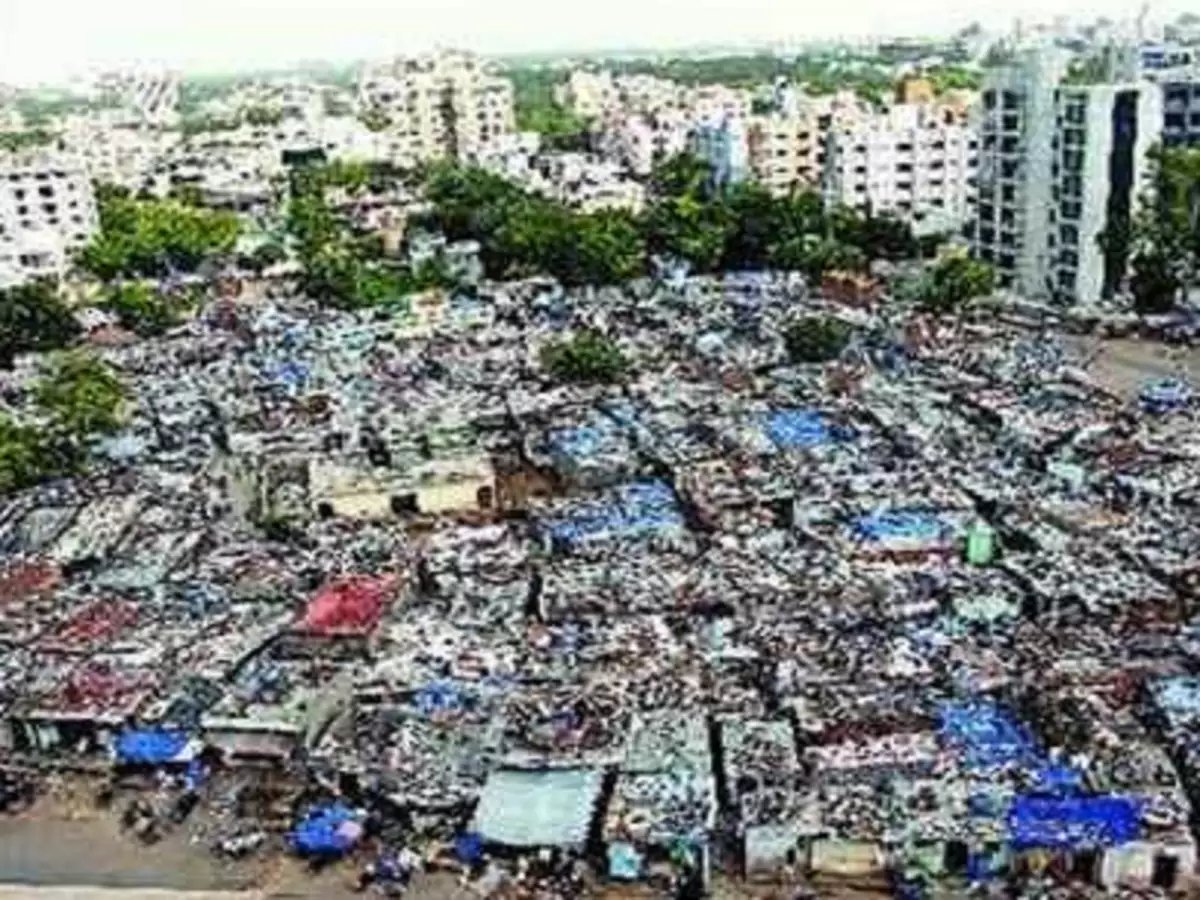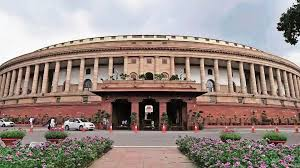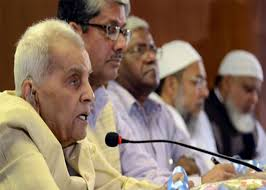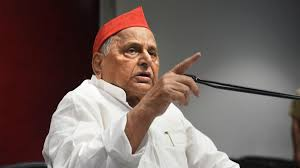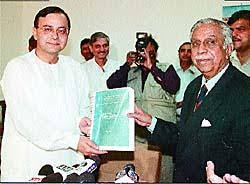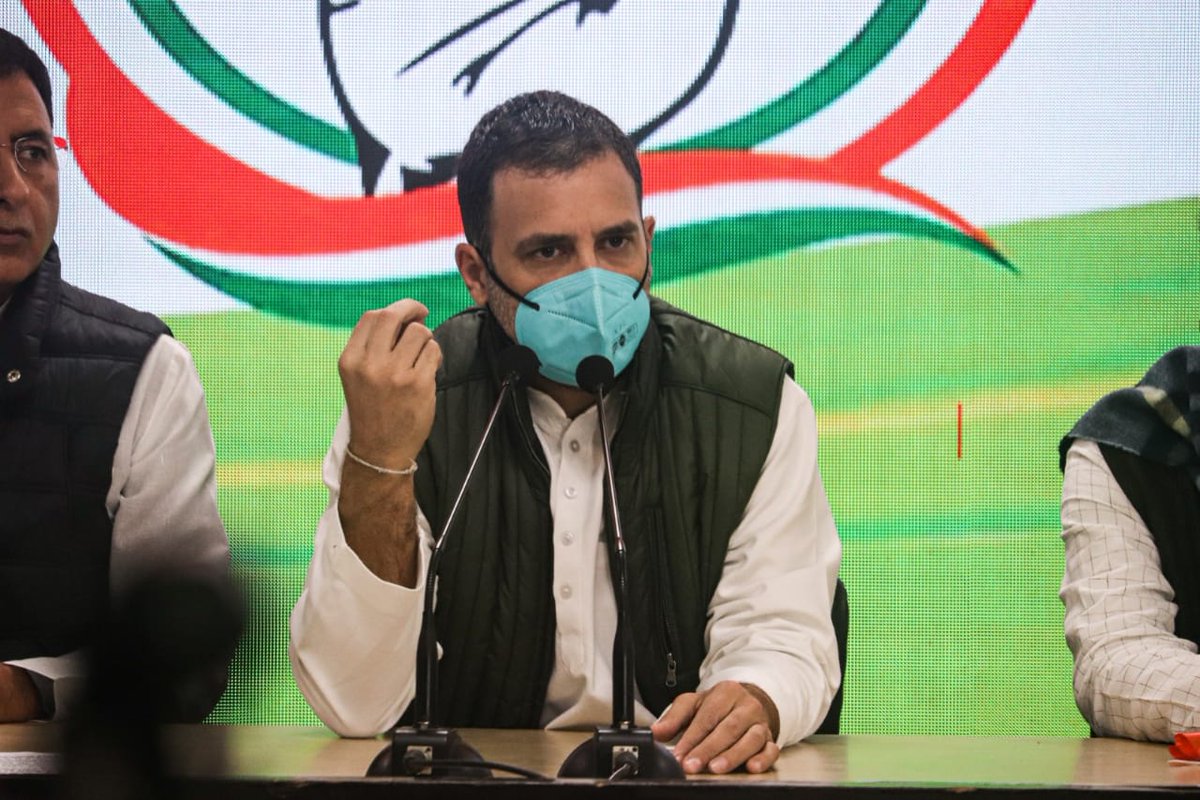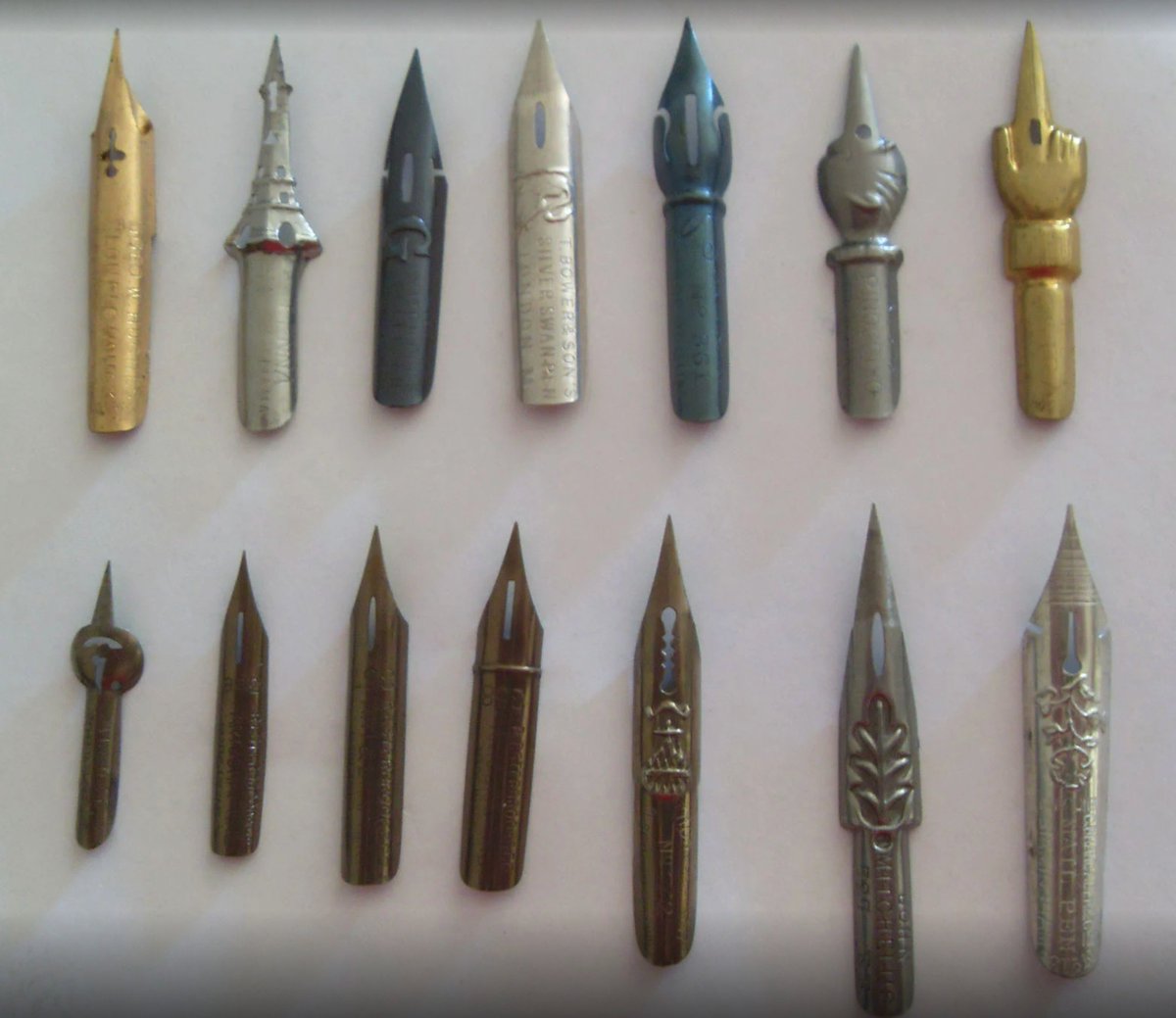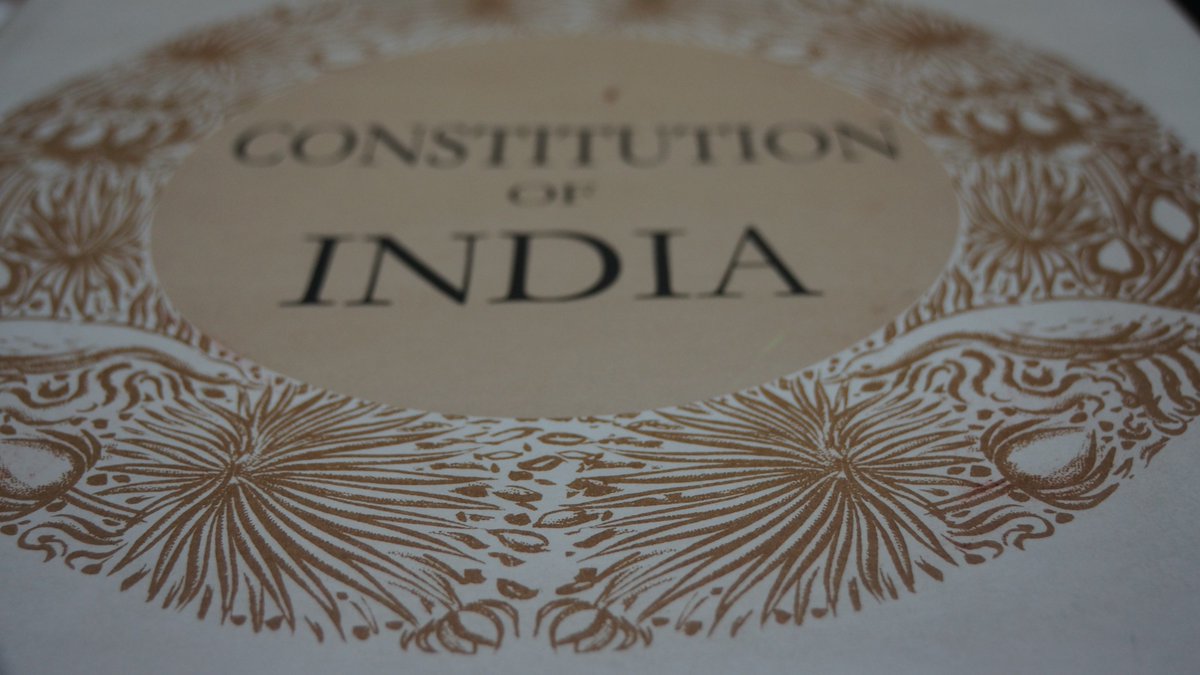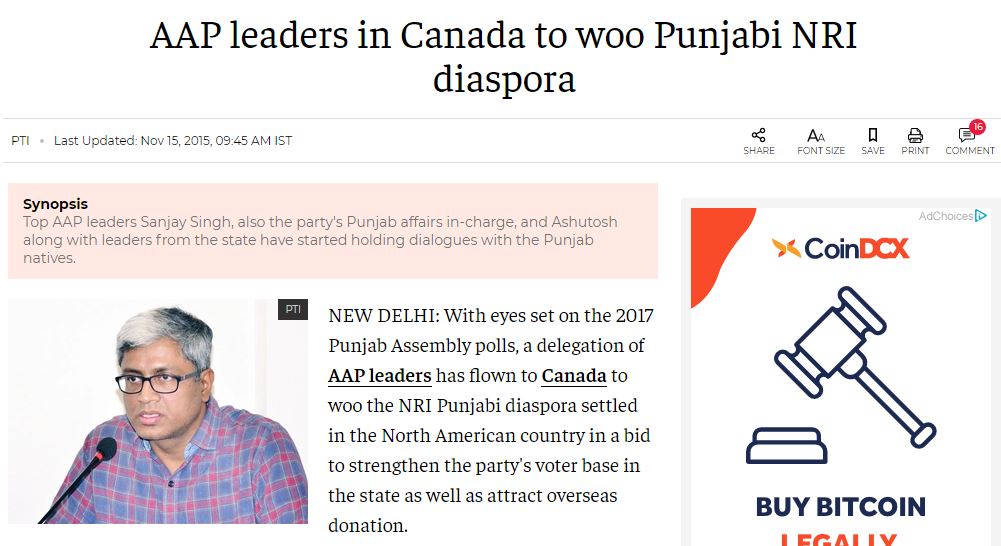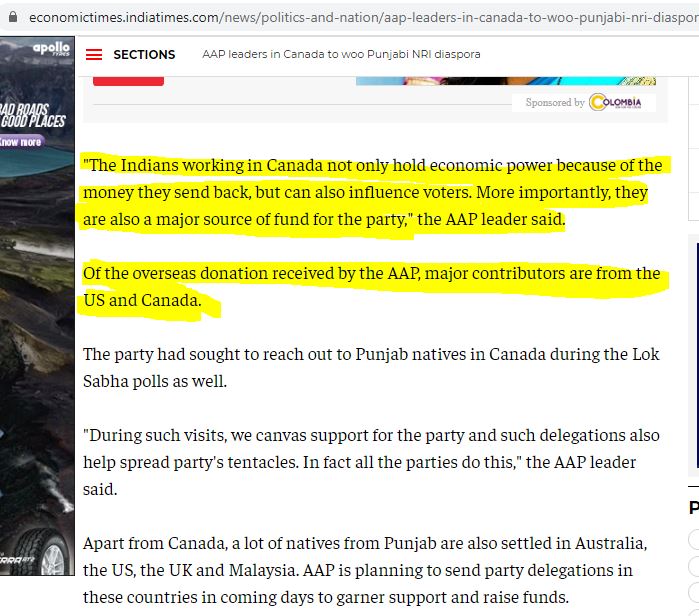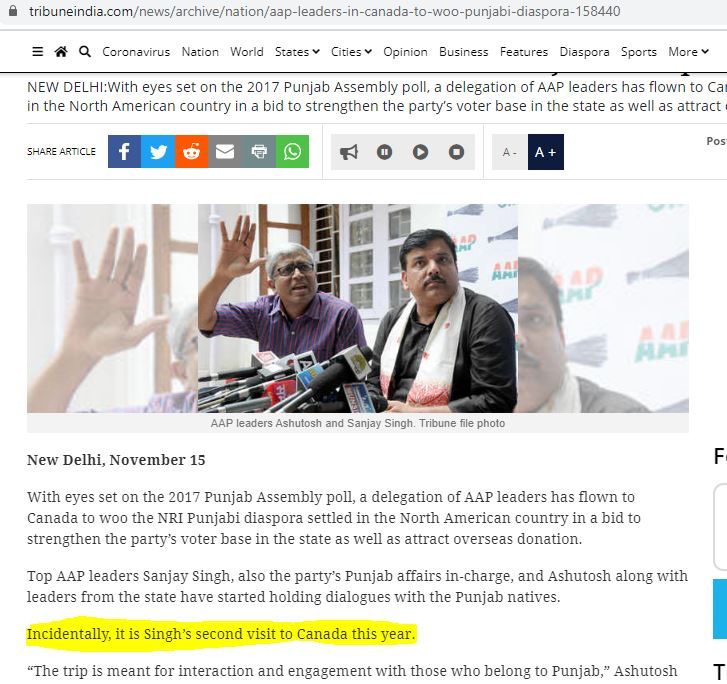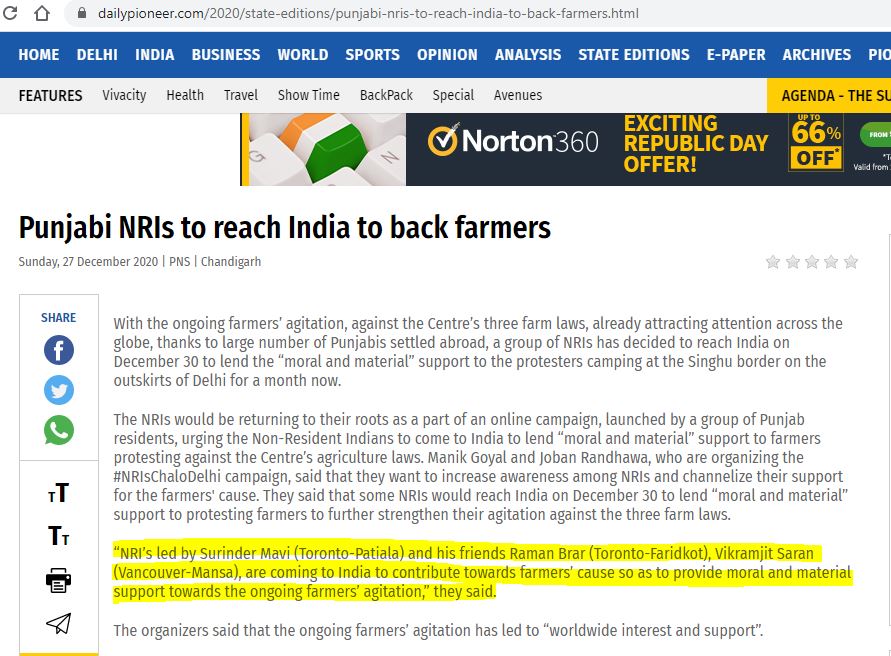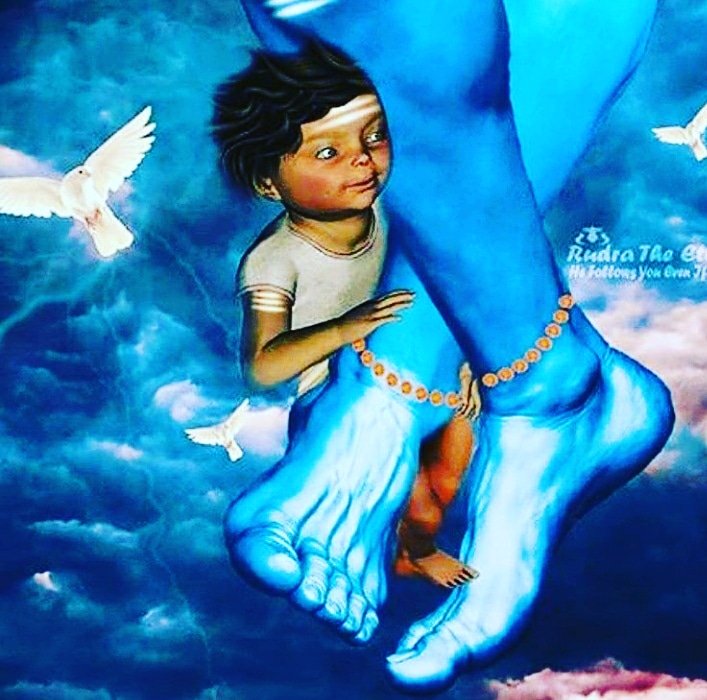2/
All across Gujarat, in all major cities and in several towns, Muslims are deliberately forced into ghettos through a law called the Gujarat Disturbed Areas Act.
The law requires citizens in particular parts of cities to seek permission from the government before..
3/
..selling their property or changing their tenant and filters them by religion.
Gujarat's state govt extended the law across the state, to keep Muslims out of other neighborhoods than those traditionally Muslim. It criminalizes attempts to integrate, permanently..
4/
separating Muslims from Hindus. and it is being expanded through the addition of more geographical areas and placing more restrictions on Muslims and creating more hurdles to their leaving their ghettoes.
Every three years, on 30 June, the law has been renewed..
5/
..for another three years. The tenth time will come on 30 June 2021.
The act is currently in force in large parts of the state’s three largest cities, Ahmedabad, Vadodara, and Surat, and also in Bharuch, Kapadvanj, Anand and Godhra.
6/
These are also the places Gujarat’s Muslims are concentrated, effectively ghettoizing them permanently.
Modi government amended the Act to give discretionary powers to the collector. The collector could stop a sale of property if he felt at his discretion that there was any..
7/
..‘disturbance in demographic equilibrium’ or ‘improper clustering of persons of a community’ or ‘likelihood of polarisation’, if the transfer took place. Modi’s new law also allowed the state government to form a ‘Monitoring and Advisory Committee’ to keep a check on the..
8/
..demographic structure in neighborhoods. After this law, even foreigners could buy places in neighborhoods that Gujrati Muslims could not.
In 2017 and 2018, the BJP notified parts of Surat, where no large-scale violence took place even during the 2002 riots and Bharuch..
9/
..as disturbed, because of a demand from BJP MLAs. As of August 2019, there were 770 parts of Ahmedabad alone that were declared disturbed.
BJP Govt claimed it had brought peace to the Gujarat state but it is also continuing to officially say that its cities are disturbed..
10/
..hence the law is required thirty-nine years after it was written thus violating the constitutional rights of Muslims.
The forced ghettoization of Muslims also helps the BJP direct development away from their areas. A newspaper report from 12 September 2020 spoke of..
11/
..how the Centre and the Gujarat government had kept Ahmedabad’s largest Muslim area out of a scheme aimed specifically at developing minority areas.
The report (‘Ahmedabad’s largest Muslim ghetto excluded from minority-specific development plan’, Ahmedabad Mirror) said..
12/
..twenty-four minority concentration areas (MCA) of Gujarat had been identified for development work under the PM Jan Vikas Karyakram (PMJVK). Juhapura, the largest Muslim neighborhood of Ahmedabad, had been left out of the Rs 200 crore programme though Jain and Buddhist..
13/
.. neighborhoods had been included for works like the building of hostels, skill development centers and education and social development facilities.
In the constituencies of Jamalpur and Bapunagar, there were about 5,000 houses in each locality..
14/
..that Hindus could not sell because the government did not want to shift the balance of voters and make the constituencies competitive. The effectiveness of the combined efforts to marginalize Gujarati Muslims can be seen in the data..
15/
In the Gujarat Assembly, their numbers fell from 11 in 1980 to 3 in 2017. Less than 2% representation for a community that has 10% of the population.
The last time that Gujarat sent a Muslim to the Lok Sabha was Ahmed Patel from Bharuch in 1985.
16/
India has a population of ~ 200 million Muslims approx 15% of its total population. There was not a single Muslim chief minister in India in 2020: the last one having lost her office with the dismissal of the Jammu and Kashmir government.
17/
Outside Kashmir, no Muslim chief minister of a state has even completed a full term since independence. India’s 200 million Muslims have been kept marginalized in politics.
There is no Muslim minister in fifteen of India’s twenty-eight states. In the cabinets of ten of..
18/
..the remaining thirteen states, there was a single Muslim minister.
India’s Scheduled Castes are about 16% of the population and are given 84 reserved seats in the Lok Sabha. The Scheduled Tribes, which are 8% of the population, get 47 reserved seats.
19/
Muslims have none and are the most under-represented section of India in Parliament.
There were 27 Muslims elected to the Lok Sabha in 2019. Through reserved seats for Dalits and Adivasis, India has acknowledged its discrimination against them but..
20/
..has refused to do so when it comes to Muslims.
By their share of the population, Muslims should have 74 seats in the Lok Sabha. They have never got more than 49 (in 1980). Their average is 28 seats, about a third of what they should be getting.
21/
As per the National Commission to Review the Working of the Constitution report:
"...the political representation of minority communities in legislatures, especially Muslims, has fallen well below their proportion of population …"
22/
Of 303 Lok Sabha members of parliament, not one is a Muslim as was the case with its previous 282 Lok Sabha MPs.
There has been no Muslim representative of any party from Gujarat in the Lok Sabha since 1985.
23/
The first and only comprehensive government paper on the status of Muslims in India was published in 2006. Based on the report PM Manmohan Singh gave a statement that Minorities (especially Muslims) have the first claim on resources.
Singh's statement stirred..
24/
..a great outrage, including from the RSS, which immediately marked it down as an instance of appeasement.
Muslim children in north India were the only ones to ve no access to pre-school unless they give up their mother tongue, there being no anganwadis with Urdu instruction.
25/
The Sachar committee also looked at the data on employment of Muslims in government and found that their representation compared to their share of the population was about a third of what it should be and preponderantly in the lower ranks.
Muslims were only 4.9% of the..
26/
..total 88 lakh state and central government employees, according to data submitted by various departments.
The Railways had 4.5% Muslims while state banks and the Reserve Bank of India had 2.2%. The share of Muslim employment in central public sector units was 3.3%.
27/
The absolute number did not reveal the whole picture. In the Railways, 98.7% of the Muslims employed were at lower levels, with only 1.3% as Group A or Group B officers.
Among the elite bureaucrats, belonging to the Indian Administrative Service, the Indian Police Service..
28/
..and the Indian Foreign Service, Muslim representation was 3.2%.
In the security agencies, India’s Muslims faced open discrimination. They are assumed to be treasonous by birth and for this reason not hired. RAW, does not recruit Muslims by way of unwritten policy.
29/
From 1969, RAW’s current staff strength is about 10k; it has avoided recruiting any Muslim officer. Neither has the National Technical Research Organisation (NTRO), a crucial arm of external intelligence.
Former RAW chief A.S. Dulat tried to change the policy but to no vain.
30/
In the entire intelligence community of RAW, IB, National Technical Research Organisation, and Military Intelligence, India only had a single Muslim officer. This had been the case for several years.
In 1999, former defense minister Mulayam Singh Yadav said..
31/
..that of the over 1 million people in the Indian military, Muslims were only 1%.
The Venkatachaliah committee had said on this subject to the Vajpayee government:
‘An effort needs to be made to carry out special recruitment of persons belonging to the under-represented..
32/
..minority communities [esp Muslims] in the police forces of states, paramilitary forces and armed forces.’
Nothing was done on this by the Vajpayee government or the governments that have come since.
33/
The India Justice Report 2019 said that over fifteen years, from 1999–2013, Muslim representation in the Indian police has remained consistently low, at between 3 to 4%.
The postal department had 2.7 lakh employees of whom 5% were Muslim, most in Group D.
34/
In universities, Muslims were 3.7% of the teaching faculty.
Patterns of exclusion and discrimination were found to exist, in UP, Muslims were over 23% of the poor but their share of schemes was between 3% and 14% for all schemes except two.
35/
The Sachar report says:
‘Muslims, esp women, have virtually no access to govt development schemes. They experience discrimination in getting loans from the Jawahar Rozgar Yojana for below poverty line beneficiaries, in getting loans for housing, in procuring widow pensions.’
36/
The Sachar report concluded that:
‘Muslims live with an inferiority complex as every bearded man is considered an ISI agent.’
The Congress party no longer even refers to the Sachar Committee report and usually avoids speaking of Muslims and their plight for fear that..
37/
..it will be seen as the party of Muslims and couched as being ‘anti-Hindu’.
Modi and his party continued with the demonstrable untruth, even after they had won two terms in power, that India’s Muslims were being ‘appeased’.
**End of Thread**
